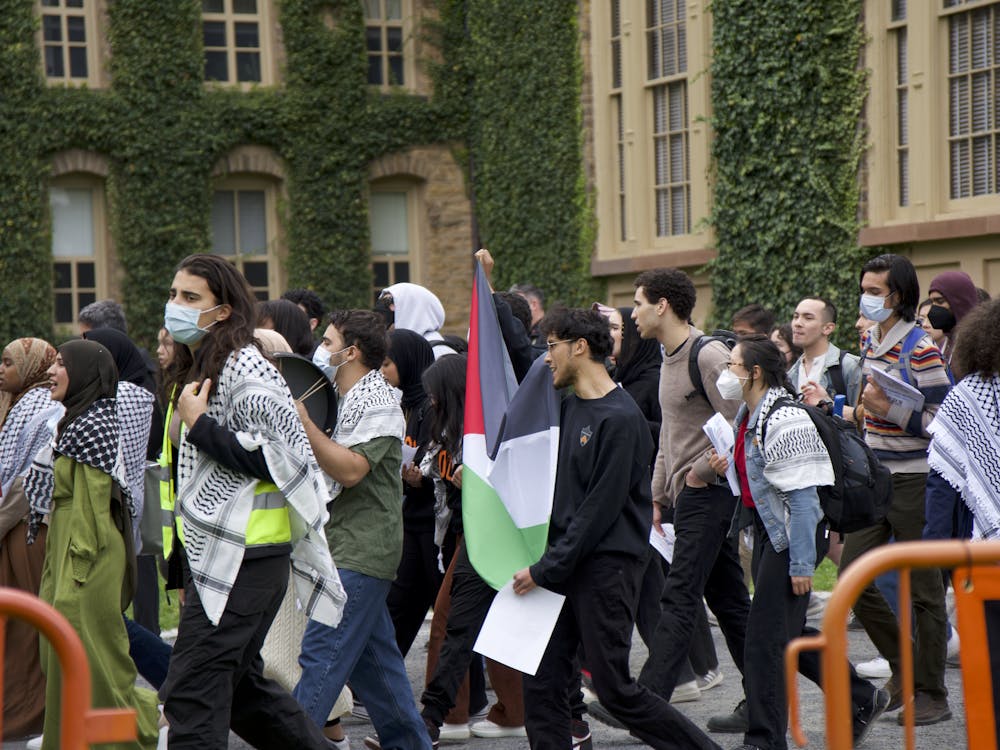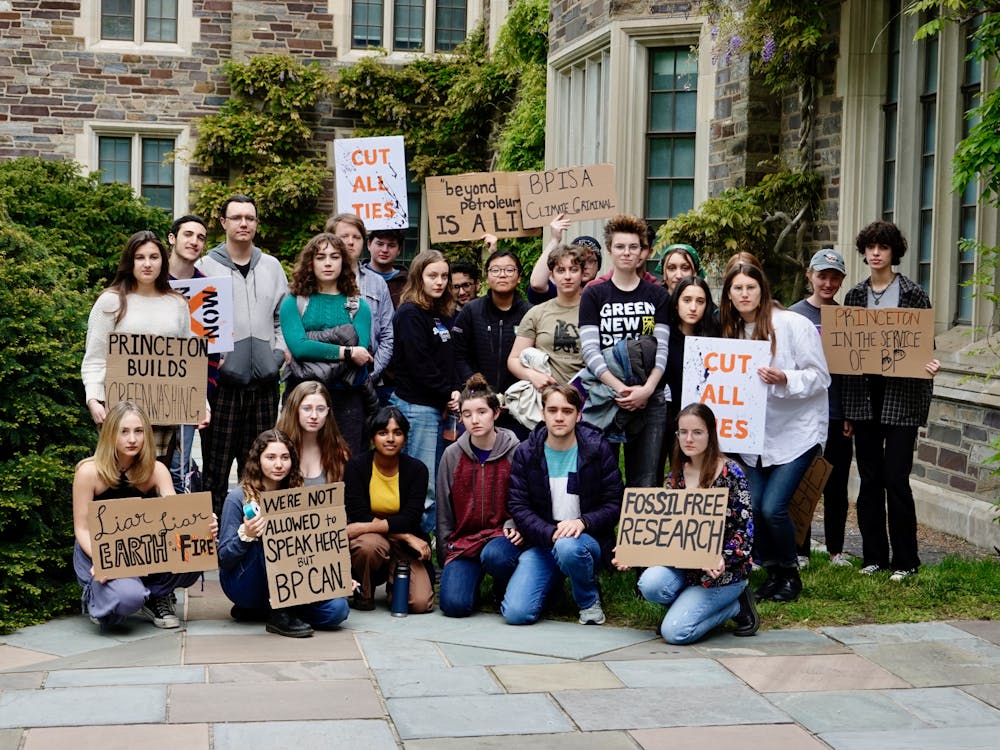In light of the protests and controversy around racism at Yale University and the University of Missouri, college students across the country took to Facebook to show solidarity with students of color whose lives were threatened at these institutions. This status (or some derivation thereof) inundated newsfeeds:
“To the students of color at Mizzou and Yale, we, students of color at Princeton, stand with you in solidarity. To those who would harm them or threaten their sense of safety, we are watching. ?#?ConcernedStudent1950 ?#?InSolidarityWithMizzou #InSolidarityWithYale”
Standing in solidarity, I went to share this message as well, but I stopped myself before clicking on “Post.” I had never before explicitly identified myself as a “person of color,” so I naturally questioned whether I did now. Rather, could I, a light-skinned Iranian-American, identify as a person of color?
I am classified as “white” or “Caucasian” by government agencies and educational institutions. However, I have never personally identified as “white,” though that checked box on all my college applications says otherwise. I struggle with exactly which ethnic category Iranians fall under; I am neither white nor Arab.
Still, looking back to racial roots in history and the ethnicity politics of Iran, Iranians have been associated with “whiteness” in the past, and more generally, people of Middle Eastern and North African descent have historically identified themselves as white on national censuses, according to the Pew Research Center. In the early 20th century, Middle Easterners contended in court that they belonged to the white race, not Asian, and the designation was granted. Fast forward to 2010, and this issue arose again, this time as a nationwide campaign directed towards changing how Arab- and Iranian-Americans were categorized as white on the U.S. National Census. The message “Check it right; you ain’t white!” was disseminated in an effort to push back against this trend, according to CNN. The Pew Research Center was considering adding a new ethnic category for the Middle East and North Africa, one that doesn’t conflate Arab-American with Middle Eastern. However, for now, we will continue to check the “white” box as we wait for such a change to actually occur.
This identity of “whiteness” has been arguably imposed upon me based on the color of my skin. Surely, the color of my skin has allowed me to assimilate more easily into American culture and society and has inevitably shielded me from a lot of the discrimination faced by others with the same roots as I who differ only in the darkness of their skin. However, it does not eliminate the problem of discrimination based on my ethnic background, and my experience being “white” is starkly different from the experiences of many people in this country who identify as “white” in the European sense.
Nonetheless, the racial privileges associated with being “white” contrast with those deprived of “persons of color.” According to NPR, this term dates back to the early 19th century in legislation pertaining to slavery, having been associated for some time with solely black people. Today it generally encompasses any nonwhite persons. However, this implies that “people of color” are a monolithic group, without taking into account the racial and ethnic complexities present, and therefore the varying degrees of discrimination faced by members of this singular designation.
The necessity of such labels continues to be debated, in that while certain labels can be empowering and arguably useful, others can be arbitrary and alienating, and one should not be compelled to fall into certain prescribed categories. Ultimately, this question, albeit an important one for me personally and within the context of ethnicity and identity politics in the United States, is extraneous to the larger issue — showing solidarity with students of color at Yale, Mizzou and similar educational institutions where death threats have circulated on a backdrop of systemic racial discrimination.
One does not have to identify as a “person of color” in order to show solidarity with these movements and these students; the aforementioned Facebook post is adaptable. Numerous students, including minorities here at Princeton and across the country, identified themselves as “student allies” in expressing solidarity. We don’t need a label to define our perspective, and social media here on campus and on campuses around the nation attested to that.
Sarah Sakha is a sophomore from Scottsdale, Ariz. She can be reached at ssakha@princeton.edu.









